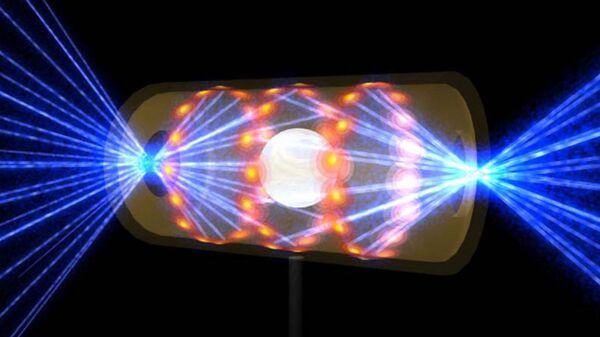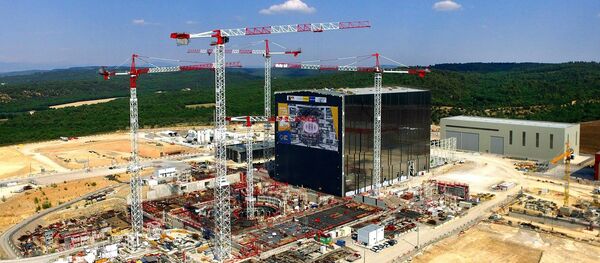MOSCOW (Sputnik) — Thermonuclear units are designed to utilize fusion reactions, like those that occur on the sun, to generate electric power. If successful, the project will give humankind an almost inexhaustible energy source. The largest project in this area is the ITER international thermonuclear reactor, which is being built in France.
Interaction between the plasma and tungsten, which is part of the first wall of a fusion reactor, causes the metal surface to be covered with a huge number of filaments with a diameter of several dozen nanometers and lengths up of to one micron. Scientists call them tungsten fuzz.
Dmitry Sinelnikov, a research associate at the Department of Plasma Physics, on an internship program at Nagoya University in Japan, discovered that the emergence of unipolar arcs is followed by snowflake-like structures forming on tungsten fuzz. Additional experiments were carried out at the MEPhI department to ascertain how such structures predetermine the qualities of tungsten fuzz under the impact of high-voltage electrical fields. It turned out that these snowflakes largely influence the impact of an electrical field.
"Apart from their external beauty, snowflake-craters can help provide better understanding of the mechanism of the arc's movement across the surface," Sinelnikov said, as quoted by the press service.
The scientists believe that further study of this phenomenon will help prevent the occurrence of harmful unipolar arcs in fusion plants, thus helping ensure their stable operation.


